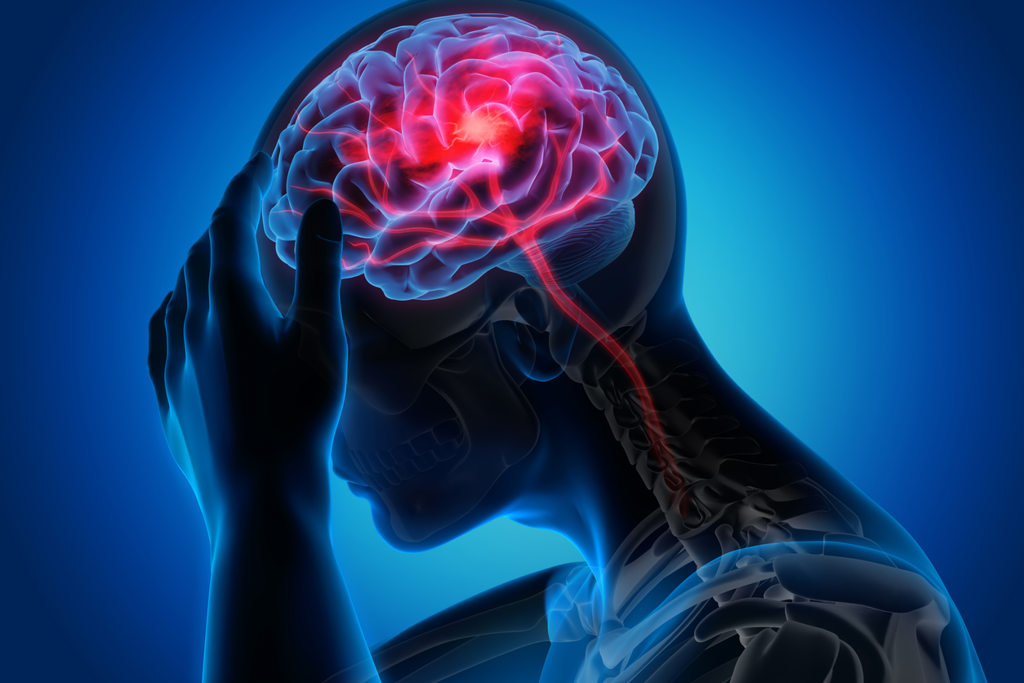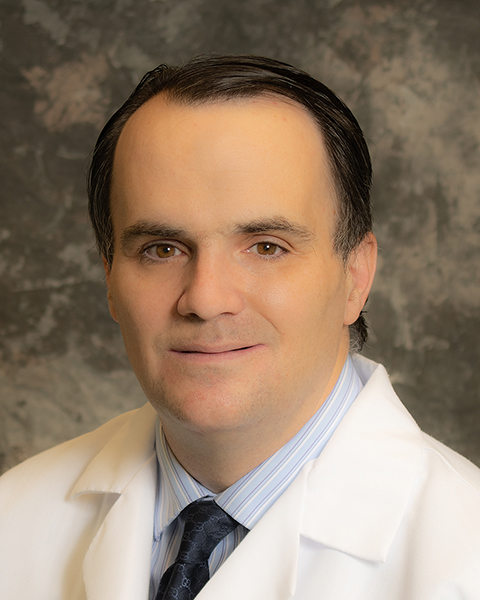Stroke: Know The Signs
According to the CDC, more than 795,000 people in the United States have a stroke each year, and someone dies from a stroke every 3.5 minutes. Also known as a brain attack, a stroke occurs when the blood supply to the brain is blocked. It can also occur when a blood vessel in the brain bursts. The brain needs a constant supply of oxygen and nutrients, and if the blood supply is stopped even for a few minutes, brain cells begin to die, which is why immediate medical attention is needed to reduce brain damage and other complications.

What are risk factors for stroke?
“You can have a stroke at any age, but certain risk factors increase your chances,” said James Pacelli, MD, a neurologist with Penn Highlands Neurology.
Lifestyle factors that increase your risk of stroke include high blood pressure, high blood cholesterol, diabetes, obesity, heavy drinking, and smoking cigarettes. When you have multiple risk factors, your overall likelihood of having a stroke increases.
Your race and ethnicity can also increase your risk of having a stroke. The risk is nearly twice as high for black Americans as compared to white Americans. Hispanic Americans and Native Americans are also at greater risk than white Americans.
What are the signs of stroke?
The most effective treatments work best only if the stroke is recognized and diagnosed within three hours of the first symptoms. That’s why it’s so important to know the signs of a stroke. By memorizing the following symptoms, you can help someone having a stroke get immediate medical attention and give them the best chance at recovery.
“F.A.S.T is an easy way to remember how to identify and react in a potential stroke emergency,” said Dr. Pacelli.
F—Face: Ask the person to smile. Does one side of the face droop?
A—Arms: Ask the person to raise both arms. Does one arm drift downward?
S—Speech: Ask the person to repeat a simple phrase. Is the speech slurred or strange?
T—Time: If you see any of these signs, call 9-1-1 right away.
Other potential signs of a stroke include:
- Numbness or weakness in the face, arm or leg, especially on one side of the body.
- Confusion, trouble speaking or difficulty understanding speech.
- Trouble seeing in one or both eyes.
- Trouble walking, dizziness, loss of balance or lack of coordination.
- Severe headache with no known cause.
If you see someone suddenly experience any of these signs, immediately call 9-1-1 for emergency medical assistance.
What to do until help arrives?
While waiting for help to arrive, keep the person comfortable, supported and reassure them that help is on the way. Remember to note the time and symptoms because it’s important to give as much information as possible to emergency responders. Do not give them anything to eat or drink because it may be hard for them to swallow, and continue to monitor their level of response until help arrives.
“Stroke is one of the leading causes of death for Americans,” said Dr. Pacelli. “But by knowing the signs of a stroke and what to do before help arrives, we can help save lives.”
Penn Highlands Healthcare offers comprehensive, specialized heart care, from preventive heart health medicine and advanced diagnostic testing to complex heart surgery and cardiac rehabilitation. To learn more, visit www.phhealthcare.org/stroke.

